May 2, 2022
How To Keep Your Cause at The Forefront of Donors’ Minds
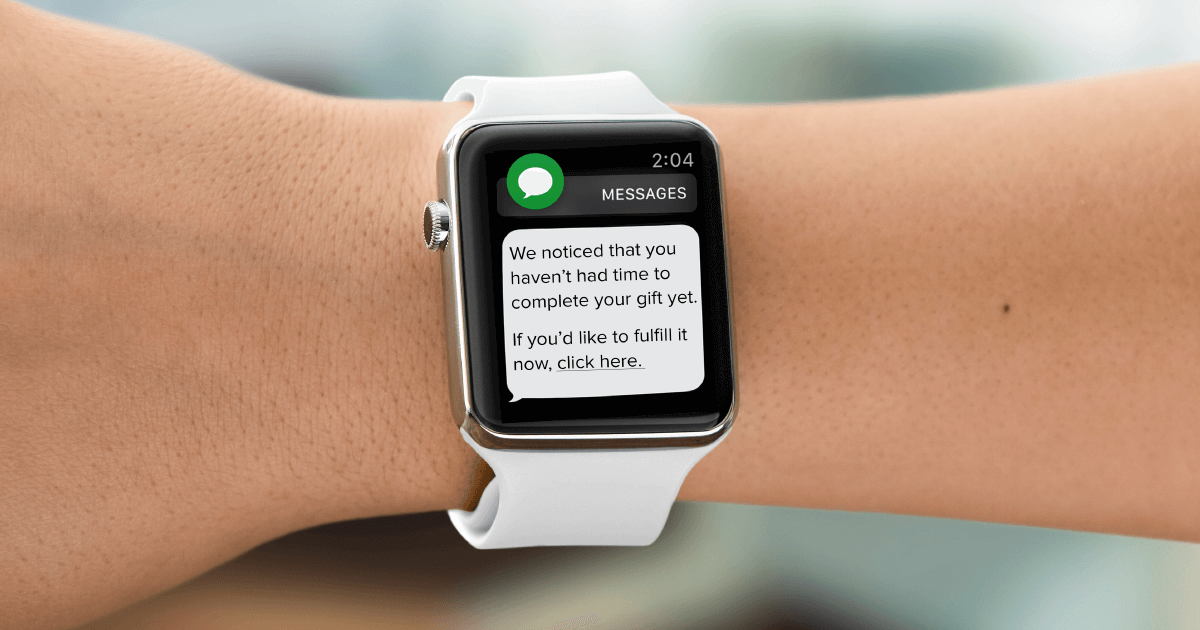
You’re worried about how to stay relevant to your donors but also about spamming your supporters. That’s understandable. You’ve also probably heard to hit up your supporters many times over many platforms. I know at least a few of you reading this have rolled your eyes at the “crazy” amount of times you’re supposed to send those messages. I get it. But you want to keep your supporters, right? Even more, you want to cultivate them into not only supporters but also advocates for your cause, right? Then you will need to talk to them, and I do mean *frequently*.
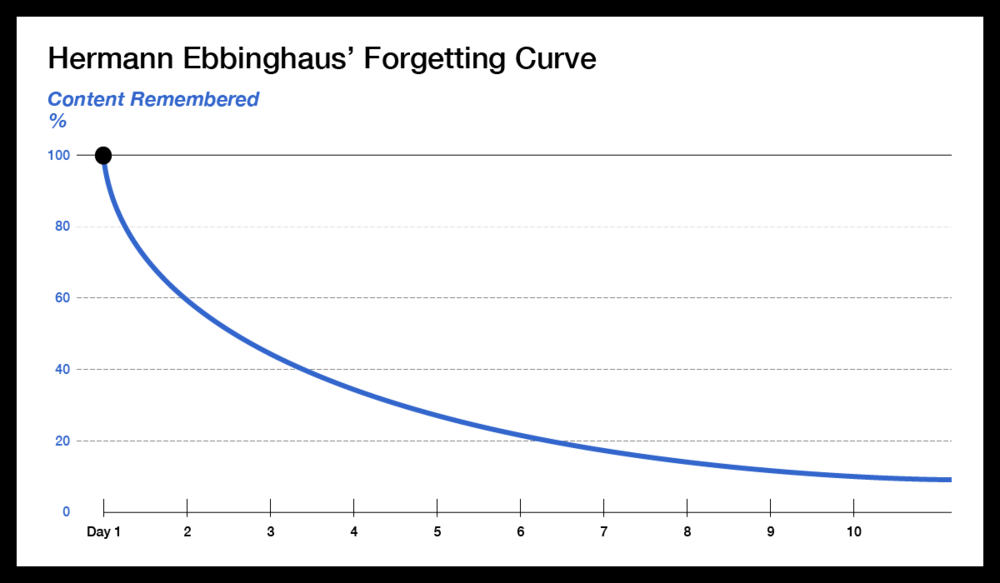
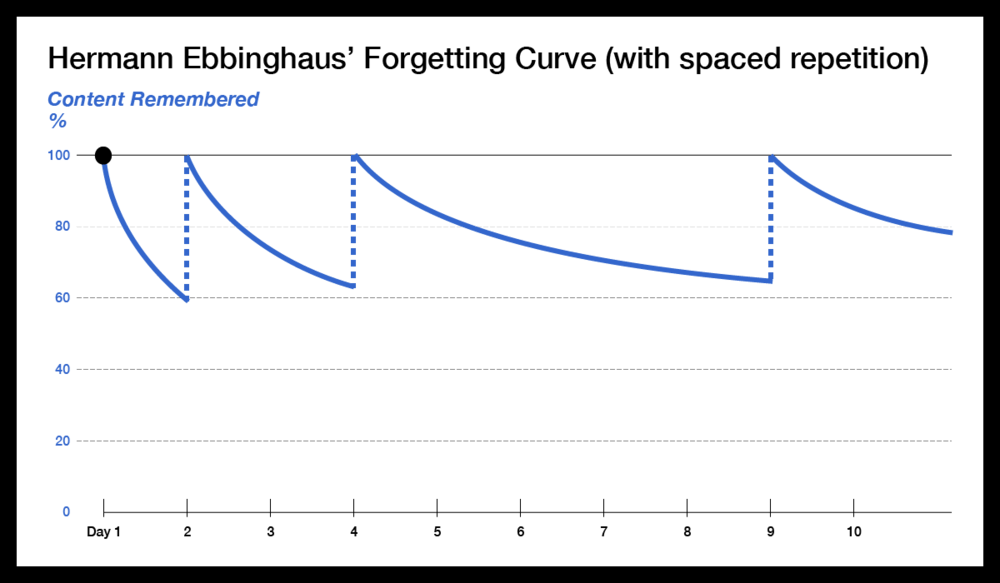
Texting is one ideal way to bring your cause to your donors’ top of mind. Most consumers prefer a text to an email, and these messages tend to have higher response rates overall. Leveraging today’s technological tools can help you create personalized communications and provide a solid foundation for how to make someone remember something.
Let’s talk about two hypotheses on memory retention: the Forgetting Curve and Spaced Repetition. These are usually discussed within the context of learning strategies, but the concepts are applicable in many ways. Say, for example, reminding your supporters of your organization.
The Forgetting Curve
German psychologist Hermann Ebbinghaus first defined the Forgetting Curve in his 1885 book “Memory.” Ebbinghaus used himself as a research subject, testing his recollection of a memorized list of made-up words. He would see how much he retained at given points using different time intervals. He then plotted the results to create a visual, mathematical representation of retention versus time, which he named the Forgetting Curve.
The simplified explanation of the Forgetting Curve is this: if you don’t remind someone of a topic, they will forget it at a relatively standard rate. And—surprisingly, I know—if you remind them of that topic before they forget it, the majority of the topic is better remembered. In other words, keeping the topic at the forefront of someone’s mind allows it to be more easily recalled. There have been several studies in the attempt to determine the rate of loss and the rate of retention gained from reminders, or spaced repetition. The numbers may vary wildly, but every study shows that the information after the reminder takes longer to forget.
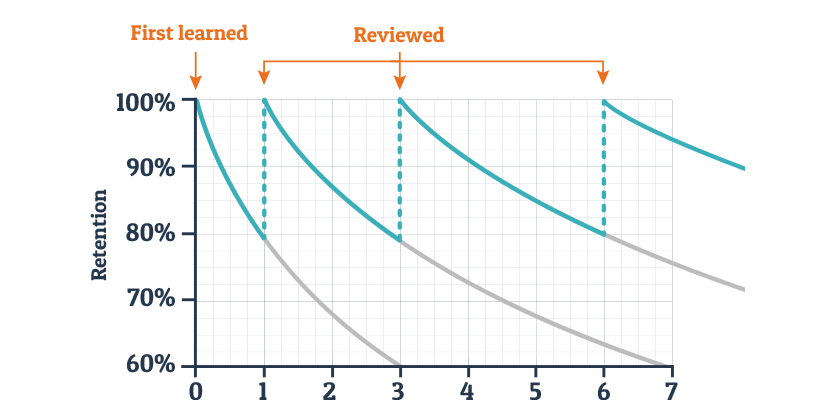
This means, for example, if you forget about 50% of a learned topic after one day, then refresh your knowledge of that topic, it then takes about 3-4 days before you forget 50% of it. Refresh or remind yourself again, and it may take 6-8 days before you drop to that 50% level again. That means with just two reminders, your memory of something can be retained for a couple of weeks. Remind again, and it’s already been months. In short, simple and consistent reminders are an effective answer for how to make someone remember something crucial.
How Does This Relate to Nonprofits?
“Okay, okay. But, what’s that got to do with me as a nonprofit organization?”
Even though the Forgetting Curve concept is normally applied to successful learning, it makes for a valuable marketing tool. It’s often the basis of marketing.
It’s easy to see how to stay relevant using this method. By getting your message out there, frequently, and with meaningful content, you are increasing the chances of people remembering you when it’s most important. You send stories throughout the year, you send many messages and updates around your event, and that will work its way into people’s memory. Maybe not immediately, but when it matters. When they have the urge to donate. When they have the urge to volunteer. When they have the need, your organization will easily come to mind. Your organization will be at the forefront of where they go.
How to Incorporate it Into Your Fundraising Strategy

The great news is that the first steps of applying these principles are already built into GiveSmart. People who text to donate at your event but don’t follow through will be sent automatic reminders asking them to complete their pledges. For the most effective fulfillment rates, we recommend a text reminder one day after, four days after, and then a final reminder at eight days if still not completed. Pledges jump to an 84% fulfillment rate when these text reminders are sent. Now they’re more inclined to remember you and, therefore, more inclined to donate to your cause.
Why is it important to say thank you?
We talk about the importance of thanking your donors within the first 48 hours and continuing to cultivate them with updates and different types of thank yous. Well, as soon as they submit their donation, they’ll get that automated thank you and email receipt. But that’s not enough — you need to do more. Fortunately, there are many possibilities for creating exceptional donor-gratitude experiences. Consider options like:
- Exclusive events or galas
- Organizational swag
- Phone calls or social media mentions
- Commemorative items
Get personal and keep it relevant. Send them an email letting them know how much you appreciate their donation and exactly what it will do for your organization. Do it within the first one to two days to ensure they retain what you send them.
Catching on? Simple acts like personalized thank you’s are often things we take for granted or have forgotten in today’s fast-paced world. But they can really make a difference. Get people involved and get your message to stick in their minds through meaningful interaction.
Thanking your donors also lets you interact with them for a purpose other than soliciting funding. It’s a powerful opportunity to share your stories and successes. Plus, it’s a chance to drive home the impact their generosity with their resources has on your nonprofit’s work. Doing so keeps them invested in your mission, makes them more likely to become repeat supporters, and improves your donor retention metrics.
Seeing their gifts in action may inspire them to take additional steps to support your organization, too. Nonprofits often need more than money to stay running at their best. When you share stories about those who volunteer their time or skills, you may spark imagination about other ways a specific donor can contribute to your community service and provide value.
How often should you reach out?
So, if you’ve read this far, maybe you’ve been wondering about that asterisk in the first paragraph about “frequently.” What is “frequently?” For most nonprofits, there’s no one-size-fits-all answer. You might contact larger donors only once or twice a year while targeting smaller ones more often. Segmenting your lists based on your unique donor base’s behavior can help you establish the best intervals when you track the individual metrics for each choice.
Yet, the important part isn’t the “frequently,” it’s the “talk to them.” While this is a topic for another post (yep, coming soon!), simply put, talk to them. Engage. Have a conversation. I don’t mean a copy & paste done 4-5 times.
You have so many options to communicate digitally with content your donors want to consume. Aside from the texting mentioned above, you can engage with social media posts and mobile-friendly emails when you have donor bases who respond to them. Just remember a conversation builds on previous entries. Keep the topic the same, whether it’s about or from your organization. That staged repetition will kick in — you’ll bypass the Forgetting Curve and be cultivating lifelong supporters in no time.
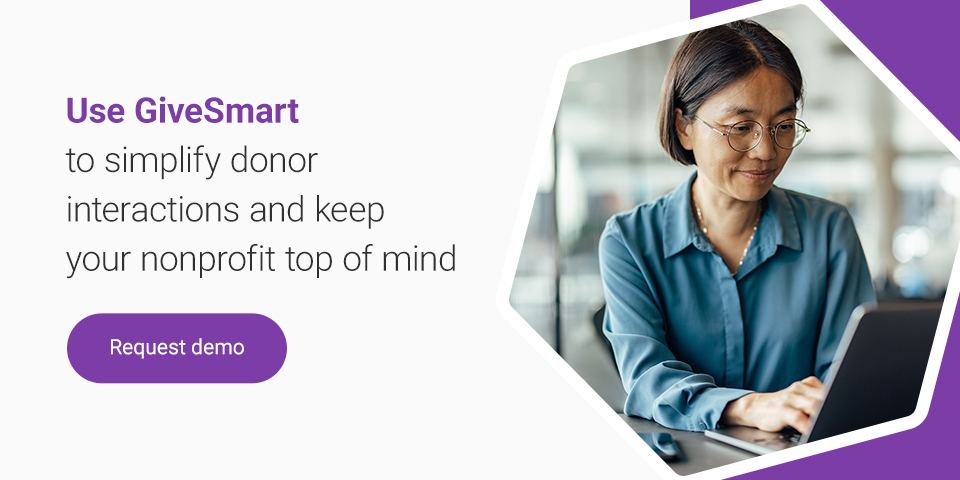
Related



